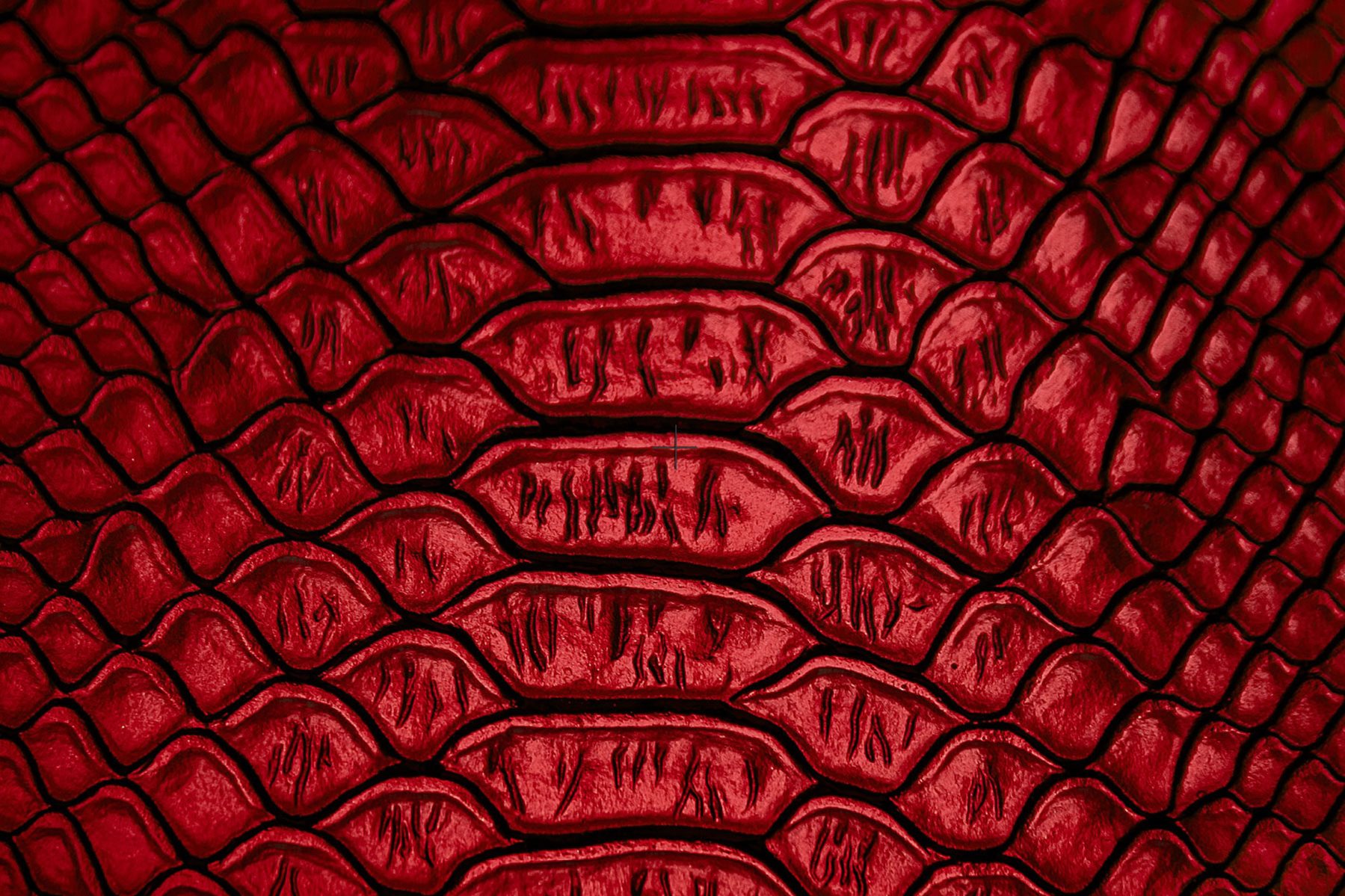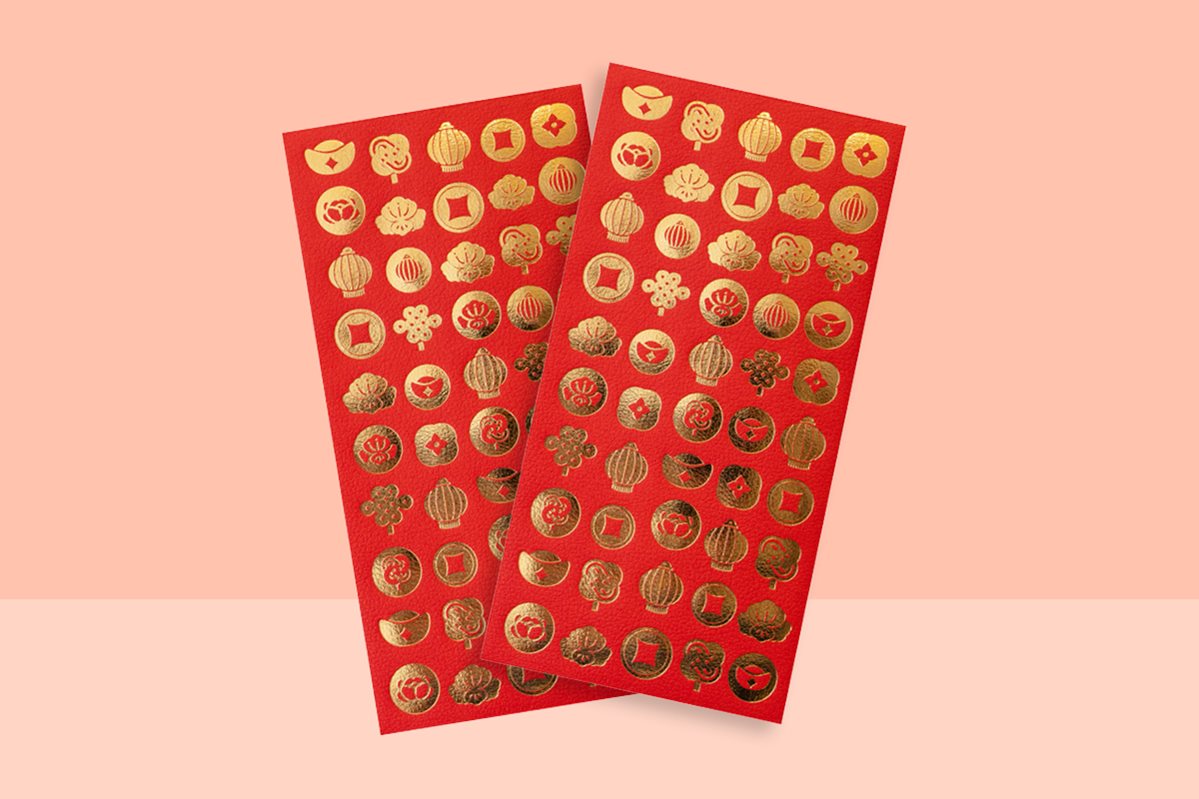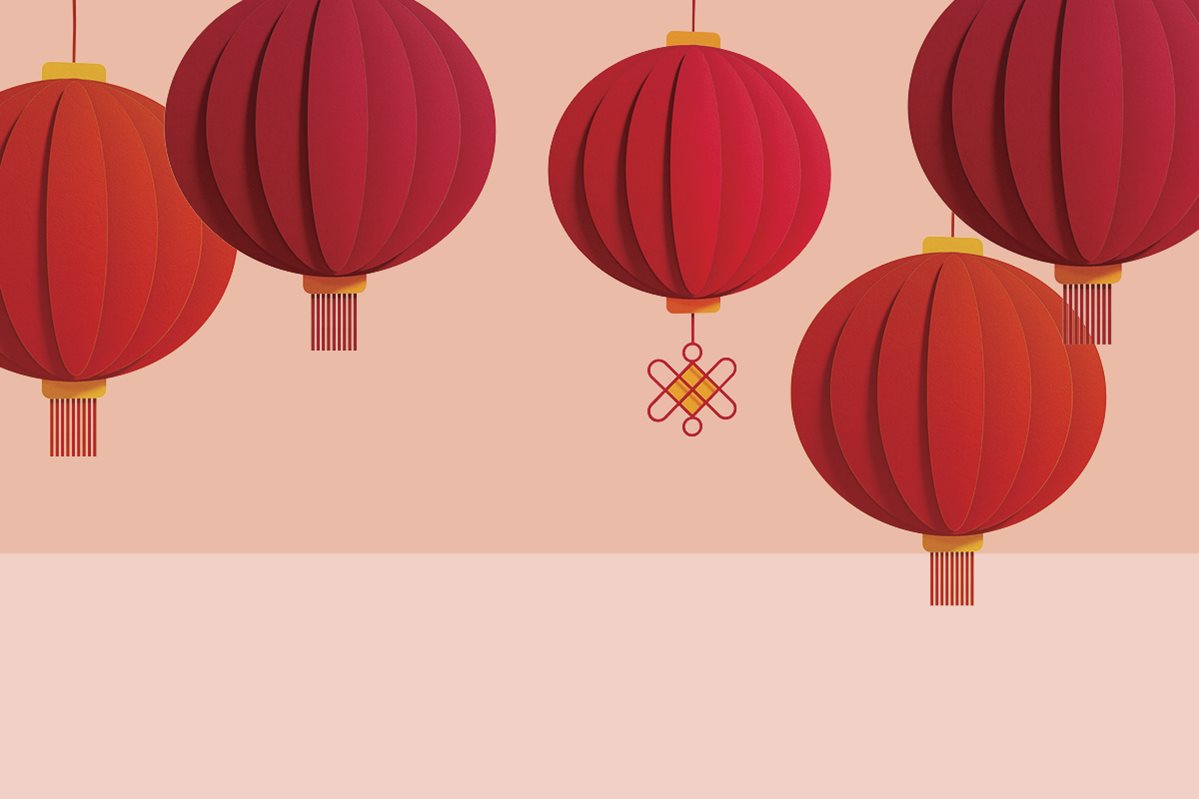Lunar New Year Traditions

Traditions
CUSTOMS AND RITUALS TO CELEBRATE
Friends, family and loved ones come together in celebration every Lunar New Year. The 15-day long commemorations are accompanied by rich customs, rituals and practices that include reunion dinners, lion dances and the giving of red packets.
Reunion Dinner
On New Year’s Eve, families come together for a great festive feast. The dinner consists of multiple dishes to share. Included in the feasting is steamed fish, '鱼'or 'Yú', which sounds similar to 'profit' in Mandarin. It’s believed that eating fish will inspire an abundance of wealth in the New Year. The fish is also intentionally left unfinished, and what’s left of it is stored overnight. In Mandarin, the phrase ‘every year there is fish leftover’ sounds very similar to the phrase, ‘be blessed every year,’ tying in the themes of feasting, family and prosperity
In the south of China, a sweet snack made of ground rice, 'nian gao', is eaten this time of the year as it is considered auspicious. Interestingly, the word 'nian gao' sounds like 'higher year' in Mandarin. In the north of China, it’s popular to eat dumplings. Mandarin oranges, which are considered a symbol of good fortune are also eaten, displayed or gifted as well.
Red packets or 'hong pao' are cash gifts sealed within red packets, usually given by senior family members to their junior relations. These can range from a few dollars to quite hefty amounts. They are often given from adults to children, and from married couples to their younger, single family members. In some countries, it’s also customary for bosses to present them to employees.
Prosperity Toss
The prosperity toss – 'yu sheng' or 'yee sang' is a fun, delicious tradition. It’s made from all kinds of pickled vegetables cut into thin slices. The more elaborate salads will have up to 20 different types of vegetables. The ingredients are served on a large serving platter along with piles of sesame seeds, chopped peanuts, crushed crackers, spices and sauce made of plum sauce, vinegar, and sesame oil. Raw salmon slices are also added for abundance and prosperity.
Each participant will get a pair of long chopsticks, and the invitation is extended to toss the salad high into the air and shout 'loh hey' (toss high)! Participants are encouraged to be both loud and messy, in their shouts of blessings for good luck and well wishes. It’s said that the height of the toss reflects the potential growth in fortune for those about to eat the dish.
The Colour Red and Decorations
The colour red is associated with wealth and good fortune in Chinese culture. Note the abundance of red lanterns hung up in streets and foyers. Windows and doors are decorated with posters and papers bearing lucky Chinese characters including 'Fu' '福'; a symbol of prosperity and happiness.
Also common for decorating are Chinese knots, potted kumquats, and golden orange trees.


NEW YEAR, NEW BEGINNINGS
A few days before the Lunar New Year begins, families give their homes a thorough cleaning. Sweeping away the bad luck of the past year and welcoming in the new. Dusting however, is avoided on New Year’s Day as good fortune must not be dusted away.
On the first day of the Lunar New Year, some people avoid washing their hair, showering, doing laundry, cleaning, or taking out the rubbish. Due to the belief in retaining prosperity. The more superstitious won’t wash clothes or do any sweeping for the entire period as they believe it means they’re sweeping or washing away good luck and wealth
NEW YEAR, NEW RED CLOTHES
Chinese people prefer everything new for the New Year which symbolises new beginnings
Black is a big no-no and should not be worn during the New Year as it is typically worn during funerals.
Interestingly, white is also avoided. Like black, white is a mourning colour and is also worn at funerals. So, keep black and white out of your wardrobe rotation in the New Year!
Chinese love red as it is seen as a colour of luck and prosperity. You can wear all different shades of red, from pink to maroon. Don’t like red? Go for gold! Gold is a symbol of wealth.
LION AND DRAGON DANCES
Dragon dances are performed by a troupe of acrobatic dancers, while lion dancers are usually performed by two dancers. The lion and dragon dances are normally performed outdoors, sometimes as part of a street parade, to the accompaniment of drums and cymbals. It’s believed that these dances bring good luck and prosperity, as well as serving to chase away any evil spirits. You may notice that in some dances, during the event, dancers feed the lion with lettuce. This is because the Chinese word for 'lettuce' sounds like the word for 'wealth' providing a wonderful tie in. The lion will eat the 'wealth' and spit it back out to the owners or the audience, showering them with prosperity.
The lion symbolises strength, stability and superiority, whilst the dragon represents power, boldness, and excellence.
YEAR OF THE SNAKE
wisdom, patience, & mystery
In the Chinese zodiac, the snake occupies the sixth position, representing wisdom, patience, and mystery.
The Lunar New Year 2025 brings with it the arrival of the Wood Snake, a rare and significant combination that occurs once every 60 years. This unique pairing of the snake, known for its wisdom and transformative energy, with the wood element, symbolizes growth, stability, and creativity.
This animal sign is known for its ability to shed its skin, symbolizing personal growth and the continuous process of renewal. Those born in the Year of the Snake are said to be enigmatic, wise and sympathetic.
Lucky Snake
Colours: Red, light yellow, black; Avoid: white, golden, brown
Numbers: 2, 8, 9
Recent years of the Snake are: 1920, 1941, 1953, 1965, 1977, 1989, 2001 & 2013.
